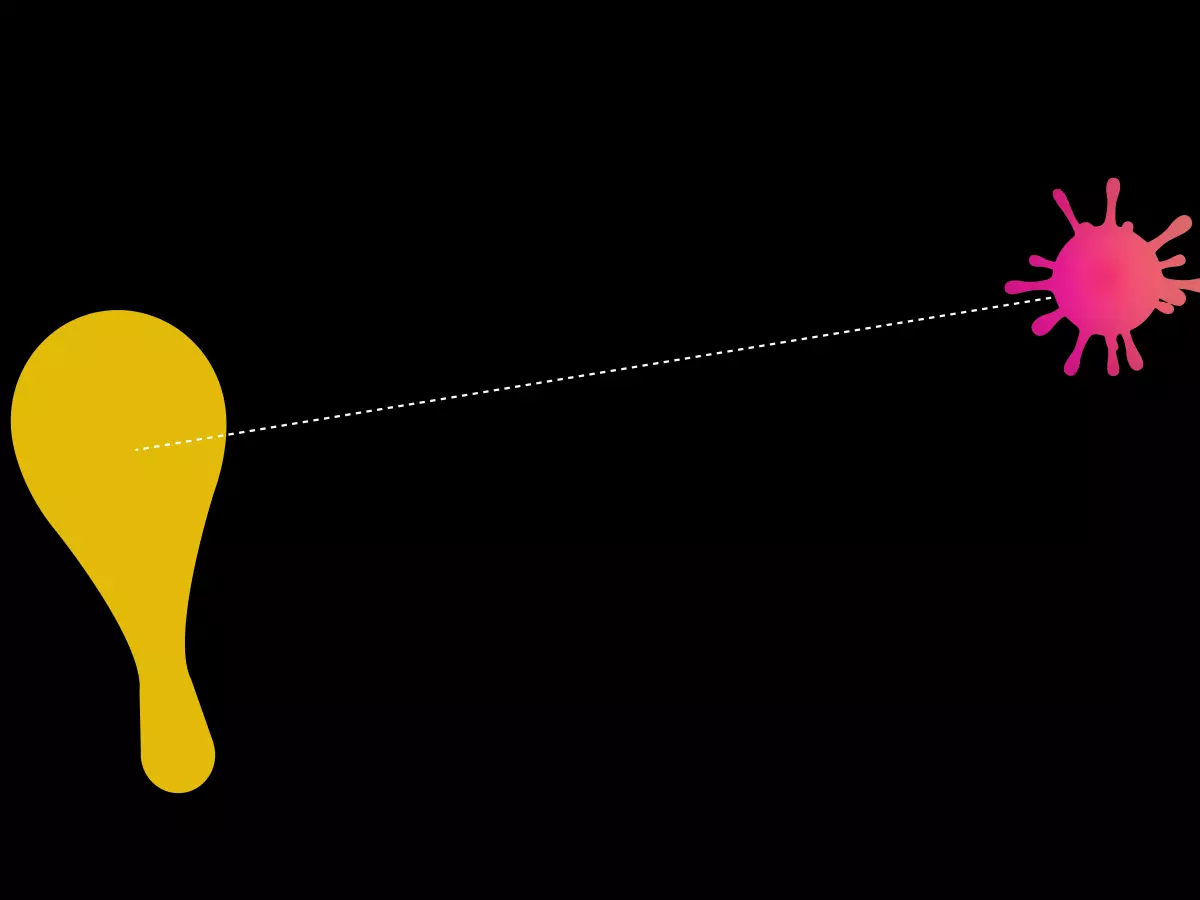Human Error in Cybersecurity
In the world of cybersecurity, we often think of hackers as shadowy figures exploiting sophisticated code vulnerabilities or bypassing firewalls with cutting-edge tools. But what if I told you the biggest threat to your security isn’t a hacker’s skillset—it’s human error?

By Kevin Lee
Let’s face it: humans are fallible. We forget things, we get distracted, and we make mistakes. And in the cybersecurity world, even the smallest mistake can open the door to catastrophic breaches. Whether it’s a misconfigured server, a weak password, or clicking on a phishing email, human error is the Achilles' heel of even the most fortified systems.
In fact, studies show that human error is responsible for up to 95% of cybersecurity breaches. That’s right—95%. You could have the most advanced encryption, the toughest firewalls, and the latest AI monitoring tools, but if someone on your team makes a mistake, it could all be for nothing.
The Problem: Why Humans Are the Weakest Link
So, why are humans such a weak link in cybersecurity? The answer is simple: we’re not machines. We don’t operate on binary logic, and we’re prone to emotional and cognitive biases. For instance, an employee might be in a rush to meet a deadline and accidentally send sensitive information to the wrong email address. Or someone might reuse the same password across multiple accounts, thinking, “What’s the worst that could happen?”
Then there’s the issue of social engineering. Hackers know that it’s often easier to trick a person than to hack a system. Phishing emails, fake tech support calls, and even in-person manipulation are all ways hackers exploit human psychology to gain access to secure systems. And the worst part? These attacks don’t require any technical expertise—just a good understanding of human nature.
The Solution: Reducing Human Error in Cybersecurity
Now that we’ve identified the problem, let’s talk about solutions. The good news is that while human error can’t be eliminated entirely, it can be minimized. Here’s how:
- Comprehensive Training: Cybersecurity training shouldn’t be a one-time event. It needs to be ongoing and adaptive, covering everything from recognizing phishing emails to understanding the importance of strong passwords.
- Multi-Factor Authentication (MFA): MFA adds an extra layer of security by requiring more than just a password to access sensitive systems. Even if an employee’s password is compromised, MFA can stop a hacker in their tracks.
- Automated Systems: Wherever possible, automate tasks that are prone to human error. For example, use software to automatically update and patch systems, rather than relying on employees to do it manually.
- Regular Audits: Conduct regular security audits to identify potential vulnerabilities caused by human error. This could include checking for weak passwords, misconfigured servers, or unpatched software.
- Encourage a Security-First Culture: Make cybersecurity a core part of your company’s culture. Employees should feel empowered to report potential security issues without fear of punishment. The more eyes you have on potential problems, the better.
Conclusion: Tech Alone Isn’t Enough
At the end of the day, no amount of technology can fully protect against human error. The key to a strong cybersecurity strategy is recognizing that people are part of the equation—and that means addressing the human element head-on. By investing in training, implementing MFA, automating where possible, and fostering a security-first culture, you can significantly reduce the risk of human error leading to a breach.
So, the next time you think about cybersecurity, don’t just focus on the tech. Remember: the weakest link might be sitting at the desk next to you.





